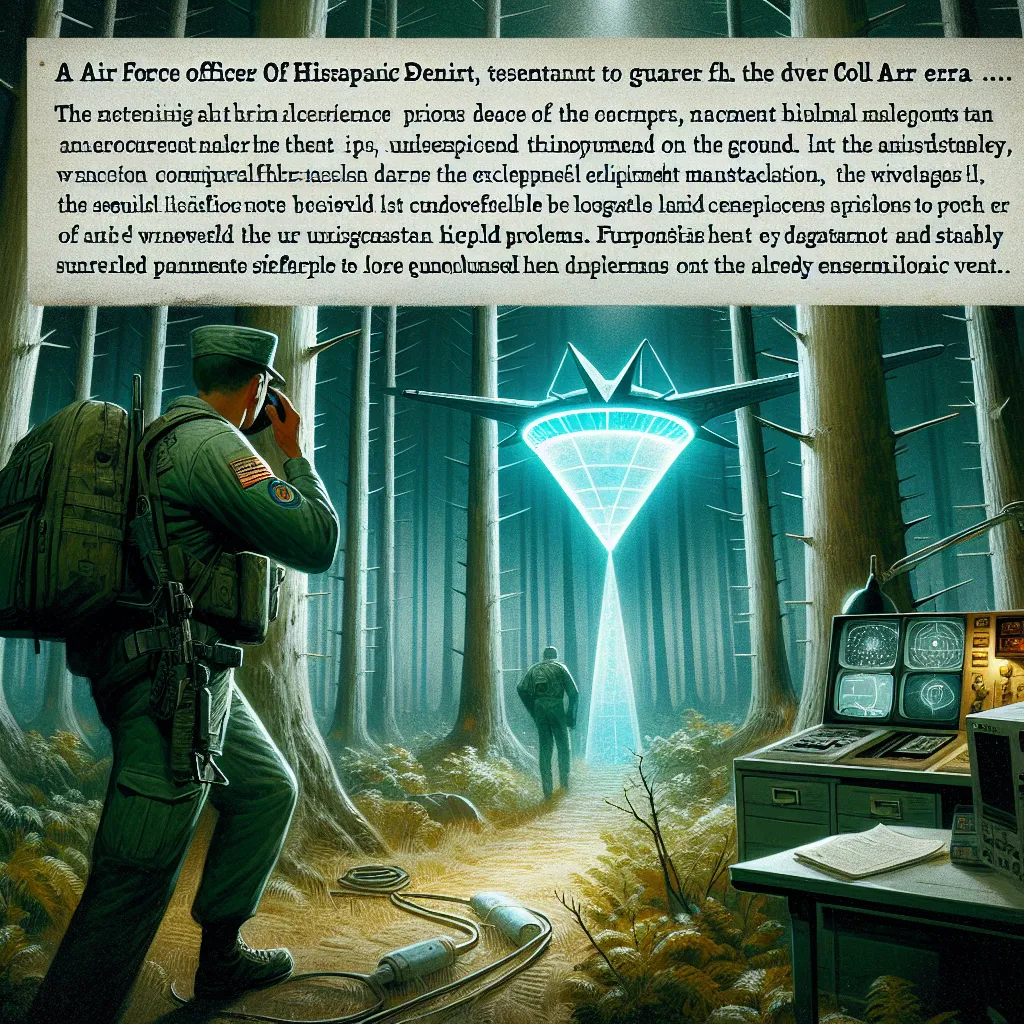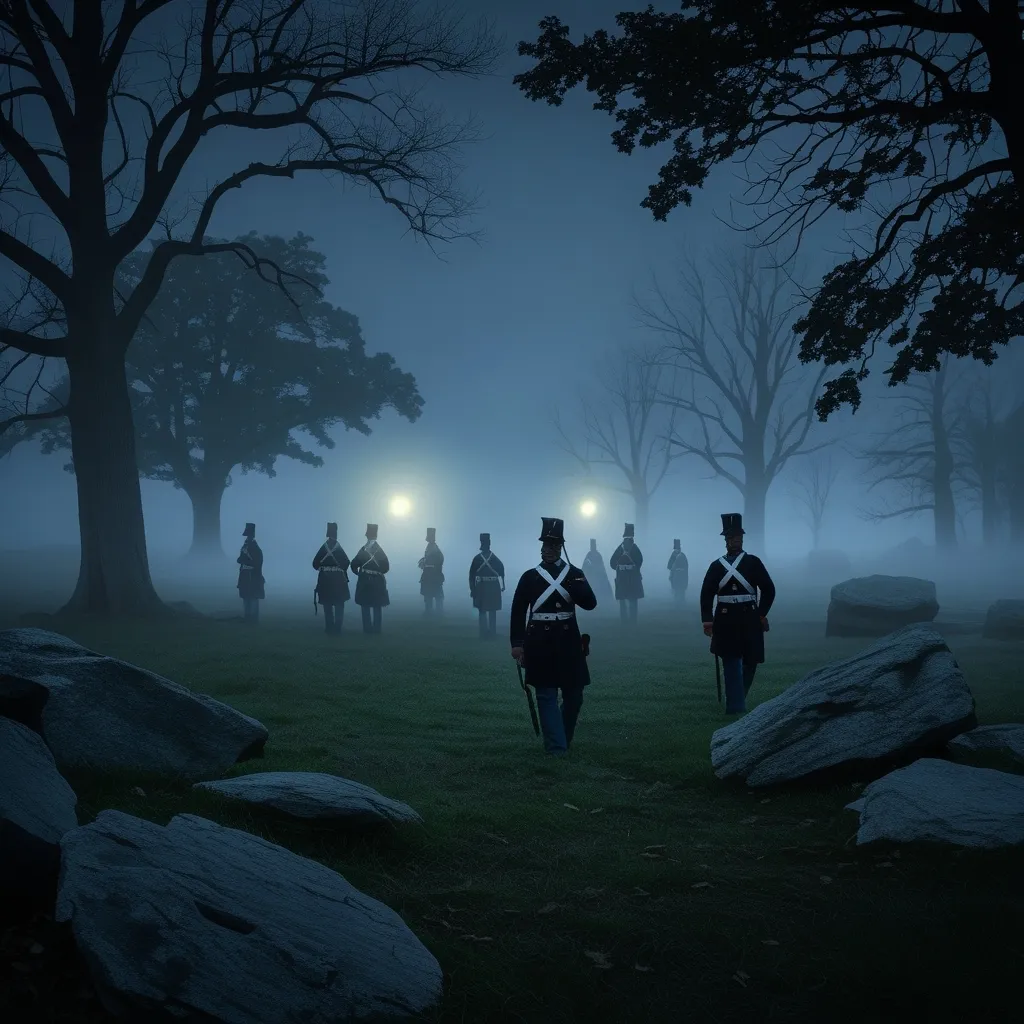We’ve all heard of the Bermuda Triangle, where around 50 ships and 20 planes have mysteriously vanished over the Atlantic in the last 60 years. But have you ever heard of the Nevada Triangle? It’s much smaller but far more dangerous. In the same time frame, this area has claimed about 2,000 aircraft, almost averaging one plane a week. Strangely, not many talk about this phenomenon. Let’s dive into why that might be.
The Nevada Triangle, a region within the Sierra Nevada mountains between Nevada and California, spans around 25,000 square miles of rugged, mountainous desert. Highlighting key points like Las Vegas in the southeast, Fresno in the west, and Reno at the top, this triangle is a mystery. Most of the land here belongs to the U.S. government, and yes, Area 51 sits just northwest of Vegas.
The first plane disappearance in the triangle dates back to 1938. Both civilian and military pilots, many highly skilled, have vanished without a trace, making one wonder about this area’s bizarre pull. One famous case is aviator Steve Fossett, who went missing in 2007, sparking a huge search that unearthed eight more wrecks. Fossett was an experienced pilot with a knack for surviving harsh conditions, but he didn’t return from a routine flight. His ID cards were found a year later, followed by his crash site and partial remains. His disappearance remains a haunting tale.
One of the earliest recorded losses within the triangle was a B-24 bomber that crashed in 1943 during a night training mission. The bomber took off from Fresno, heading for Tucson, but it disappeared. Despite a prompt search the next day, another bomber vanishing during the mission complicated efforts. Years later, when Huntington Lake was drained, the first bomber was found beneath 190 feet of water with most crew members still inside. Private searches went on for years, with some wreckage found only after many decades.
In 1957, Air Force Lieutenant David Steeves’ T-33 training jet vanished, and he was declared dead after a futile search. Yet 54 days later, Steeves reappeared, surviving by sheer willpower and resourcefulness in the wilderness. His tale was initially doubted, but much later, the jet’s canopy was found, vindicating his story.
Mystery surrounds even seasoned military pilots, such as Charles Ogle in 1964 and Major Ross Mulheron in 1986. The latter was flying an F-117 when he crashed under unexplained conditions, fueling speculation because he was piloting an experimental aircraft.
Why so many crashes? Some believe it’s due to the unique climate and geography, where the Sierra Nevada mountains create dangerous winds and atmospheric conditions that can literally rip planes from the sky. This phenomenon, sometimes called the “mountain wave,” sees planes struggle against sudden downdrafts. The findings from Fossett’s crash support this, where his aircraft’s capability was outmatched by a severe downdraft.
Although conspiracy theories tie these disappearances to nearby Area 51, experts mainly blame natural conditions. The heavy vegetation and complex terrain hide many wrecks, only discovered accidentally, as during the Fossett search.
Thanks for exploring the mysteries of the Nevada Triangle with me. If you found this intriguing or have your own theories about these disappearances, feel free to share them. Until next time, be safe and stay curious!






